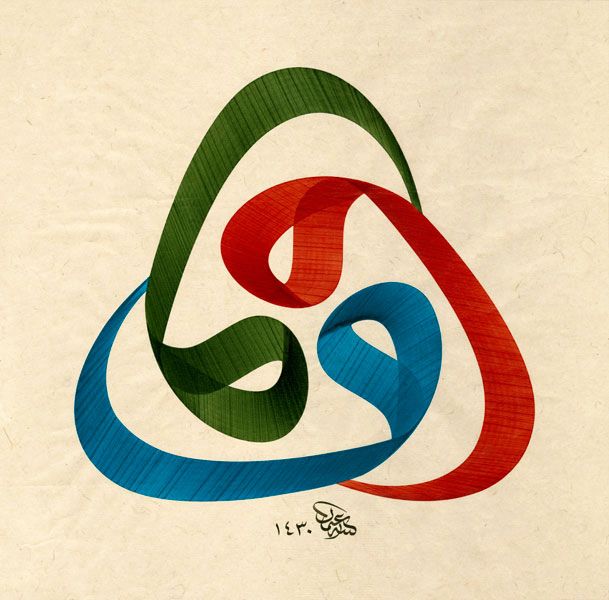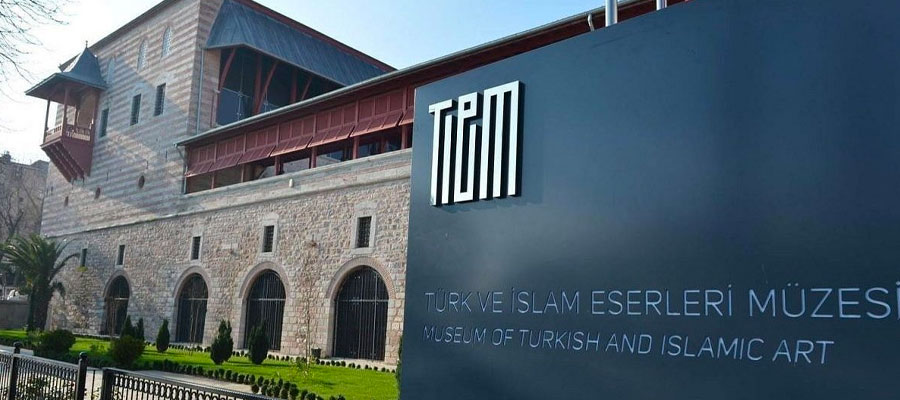Turkish and Islamic art are one of the most important parts of Turkey’s culture which is still produced in many parts of the country. Some of the best examples of Turkish and Islamic art are: ebru, illumination and gilding, calligraphy and miniatures. Islamic art has been largely influenced by Islam, it encourages the use of patterns and designs rather than figurative works.
Most Turkish and Islamic art has a religious purpose: calligraphy works are found in handwritten Qurans while miniatures have been stylized to distract living beings and to honor Allah. As a result, Byzantine architecture influenced the style of the central dome of mosques introduced during the Ottoman Empire.
Lights And Golden
Known as “tezhip” in Turkish, it is an ancient decorative art. The word “tezhip” means “to turn gold.” The “tezhip” is carried out with paint as well as with gold leaf. It was mainly used in the Koran, manuscript books, religious books and on the edges of calligraphic texts as Turkish and Islamic art.
Calligraphy

One of the most illustrative examples is Ottoman calligraphy. The calligraphy of this era is evidenced by the distinctive Diwani handwriting, invented by Housam Roumi and developed during the 16th and 17th centuries. The style is characterized by the complexity of the lines, the letters and the tight juxtaposition of the letters within each word.
Miniature
Miniature painting was developed during the Ottoman Empire. Based on the Persian miniature style as well as illuminations and painting from the Byzantine Empire, the Ottoman miniature was frequently used to illustrate manuscripts.
The Art Of Marble
Ebru, the art of marble on paper is a traditional decorative form employing special methods. Although it is not known when and in which country the art of marbling was born, there is no doubt that it is a decorative art peculiar to the countries of the East. In the West, Ebru is known as “Turkish paper”. To find more Turkish and Islamic artworks in Istanbul, do not hesitate to visit the Museum of Turkish and Islamic Arts Istanbul!
Mosques in Istanbul are also considered pieces of art, make sure to visit some of them!

